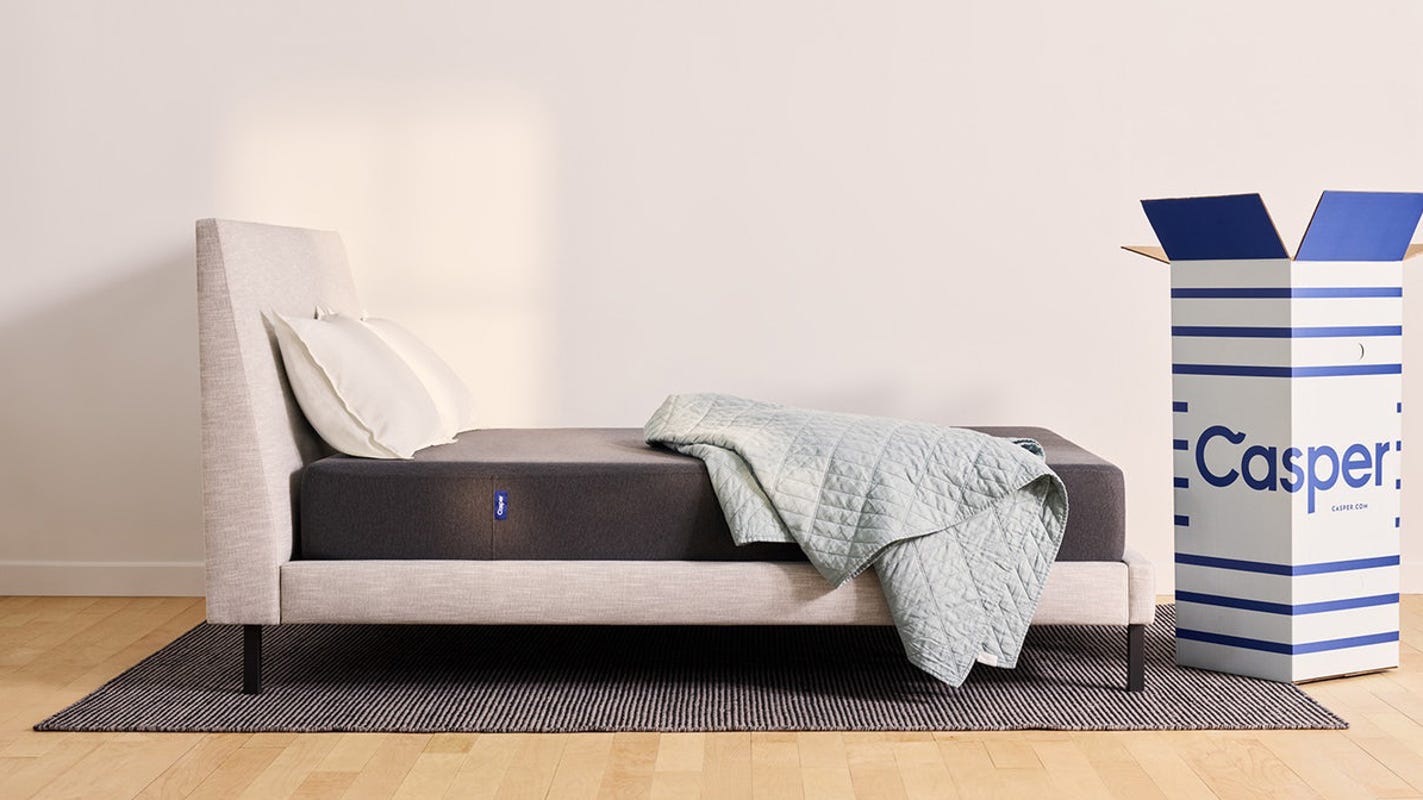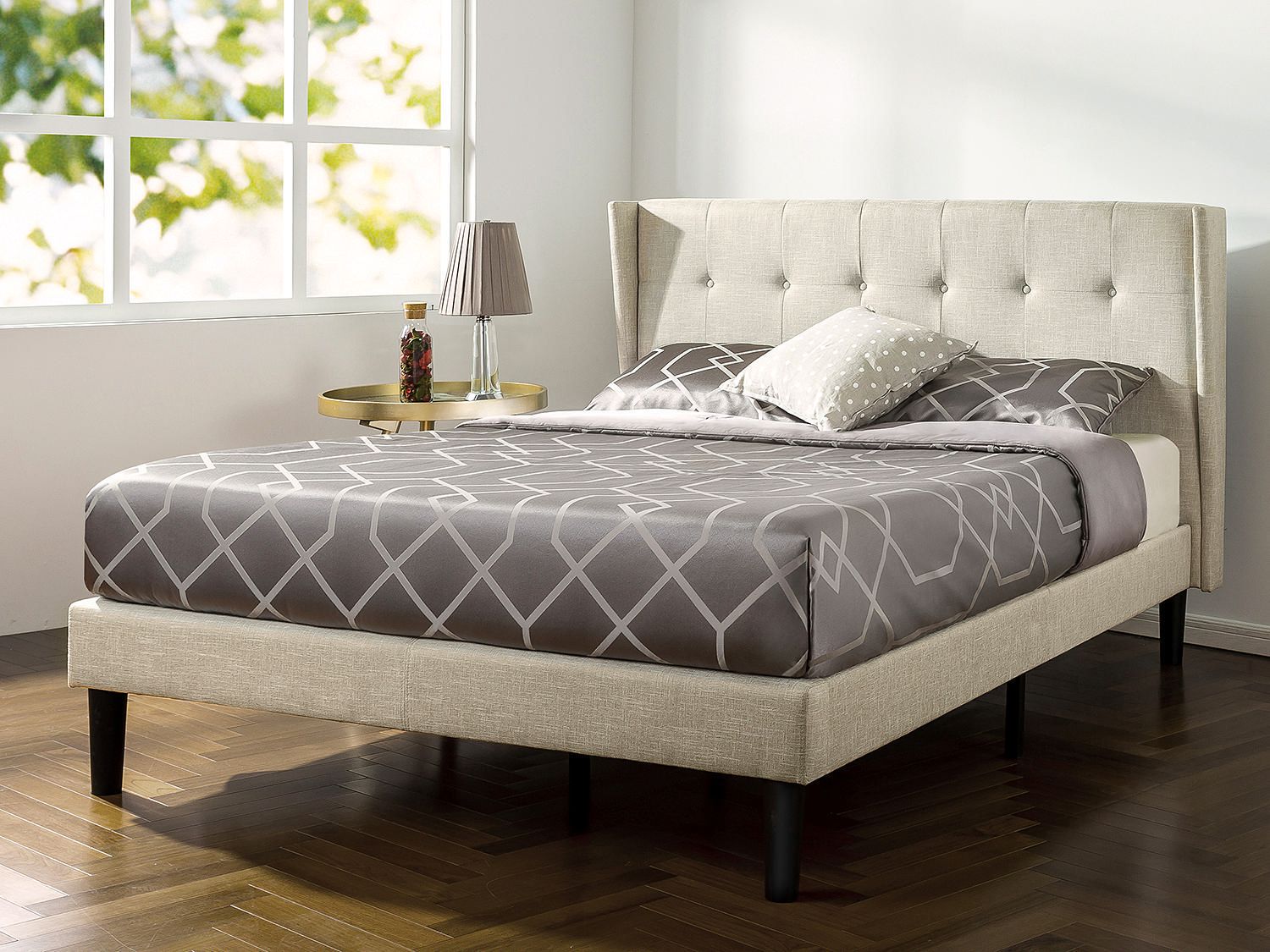Faux leather sofas are a popular choice for many homeowners, as they offer a stylish and affordable alternative to genuine leather. However, one common issue that many people face with faux leather sofas is cracking. This can not only ruin the appearance of your sofa but also make it uncomfortable to sit on. In this article, we will discuss the causes of faux leather sofa cracking and provide you with some tips on how to prevent and repair it.Faux Leather Sofa Cracking: How to Prevent and Repair It
If you notice cracks or peeling on your faux leather sofa, the first thing you should do is assess the damage. If the cracks are small and superficial, you may be able to fix them yourself. Start by cleaning the affected area with a mild soap and water solution. Then, use a leather repair kit to fill in the cracks and smooth out the surface. Make sure to follow the instructions carefully and let the repair dry completely before using the sofa again. However, if the cracks are deep or the peeling is extensive, it may be best to seek professional help. A professional leather repair technician will have the necessary tools and expertise to fix the problem without causing further damage to your sofa.Faux Leather Sofa Repair: Fixing Cracks and Peeling
Prevention is always better than cure, and the same goes for faux leather sofa cracking. By following some simple maintenance tips, you can keep your sofa looking great for years to come. First, avoid placing your sofa in direct sunlight or near a heat source, as this can cause the material to dry out and crack. Additionally, regularly dust and clean your sofa with a soft cloth, and avoid using harsh chemicals or cleaners that can damage the faux leather.Faux Leather Sofa Maintenance: Keeping It in Good Condition
Accidents happen, and if you spill something on your faux leather sofa, it's essential to act quickly. Blot the spill with a clean cloth to absorb as much of the liquid as possible. Then, use a mild soap and water solution to clean the area, making sure to test it on a small, inconspicuous spot first to ensure it doesn't damage the material. If the stain persists, you may need to use a specific faux leather cleaner or seek professional help.Faux Leather Sofa Care: Treating Stains and Spills
If your faux leather sofa has seen better days and is looking dull and worn, there are ways to restore it to its former glory. You can use a leather conditioner to moisturize and nourish the material, helping to prevent cracking and peeling. Alternatively, you can use a faux leather paint or dye to change the color of your sofa and give it a fresh, new look.Faux Leather Sofa Restoration: Bringing It Back to Life
When all else fails, and your faux leather sofa is beyond repair, you may need to consider refinishing it. This involves stripping off the old faux leather and replacing it with a new layer. While this can be a time-consuming and costly process, it may be worth it in the long run if you want to keep your sofa and avoid purchasing a new one.Faux Leather Sofa Refinishing: A Last Resort
Now that you know how to repair and maintain your faux leather sofa let's discuss some tips to prevent cracking from occurring in the first place. One of the main causes of faux leather sofa cracking is excessive dryness. To combat this, you can use a humidifier in your home to add moisture to the air, especially during the winter months when the air tends to be drier. Another tip is to rotate your cushions regularly. This will help distribute weight evenly and prevent excessive wear and tear on certain areas of your sofa. Finally, avoid placing sharp objects or heavy items on your sofa, as these can cause damage to the material and lead to cracking over time.Faux Leather Sofa Cracking Prevention: Tips and Tricks
As mentioned earlier, dryness is one of the main causes of faux leather sofa cracking. However, there may be other factors at play, such as heat exposure, improper cleaning, and low-quality materials. Additionally, excessive use and rough handling can also lead to cracking. By understanding these causes, you can take the necessary precautions to prevent your sofa from cracking in the future.Faux Leather Sofa Cracking Causes: Understanding the Problem
If your faux leather sofa is already cracking, don't panic. There are a variety of solutions available, from DIY repair kits to seeking professional help. By taking the time to assess the damage and carefully following the necessary steps, you can restore your sofa and keep it looking great for years to come. In conclusion, faux leather sofa cracking is a common problem, but it doesn't have to be a permanent one. With proper maintenance and quick action when accidents occur, you can keep your faux leather sofa in good condition and avoid costly replacements. Remember to clean and condition your sofa regularly, avoid harsh chemicals and excessive heat, and rotate your cushions to prevent cracking and maintain the appearance of your sofa.Faux Leather Sofa Cracking Solutions: What to Do Next
The Problem with Faux Leather Sofa Cracking

The Appeal of Faux Leather
The Causes of Cracking
 Cracking in faux leather can be caused by a variety of factors. One main cause is extended exposure to sunlight, which can cause the material to dry out and become brittle. This is especially common for faux leather furniture placed near windows or in rooms with large windows. Other factors that can contribute to cracking include extreme temperatures, sharp objects, and harsh cleaning products.
Cracking in faux leather can be caused by a variety of factors. One main cause is extended exposure to sunlight, which can cause the material to dry out and become brittle. This is especially common for faux leather furniture placed near windows or in rooms with large windows. Other factors that can contribute to cracking include extreme temperatures, sharp objects, and harsh cleaning products.
The Consequences of Cracking
 Cracking in faux leather not only affects the appearance of your furniture, but it can also lead to structural damage. As the material weakens and begins to peel, it can compromise the integrity of the sofa and make it uncomfortable to sit on. This can be a major problem for those who have invested in a faux leather sofa, expecting it to last for many years.
Cracking in faux leather not only affects the appearance of your furniture, but it can also lead to structural damage. As the material weakens and begins to peel, it can compromise the integrity of the sofa and make it uncomfortable to sit on. This can be a major problem for those who have invested in a faux leather sofa, expecting it to last for many years.
Solutions for Cracking
 If you have noticed cracking in your faux leather sofa, don't panic. There are steps you can take to repair and prevent further damage.
One solution is to use a specialized faux leather repair kit
that can fill in cracks and restore the appearance of the material. You can also
protect your sofa from direct sunlight and extreme temperatures
by using curtains or blinds and avoiding placing it near heating or cooling sources.
Gently cleaning your sofa with a mild soap and water mixture
can also help to prevent cracking.
If you have noticed cracking in your faux leather sofa, don't panic. There are steps you can take to repair and prevent further damage.
One solution is to use a specialized faux leather repair kit
that can fill in cracks and restore the appearance of the material. You can also
protect your sofa from direct sunlight and extreme temperatures
by using curtains or blinds and avoiding placing it near heating or cooling sources.
Gently cleaning your sofa with a mild soap and water mixture
can also help to prevent cracking.
The Best Solution: Genuine Leather
 While there are ways to address faux leather cracking, the best solution is to invest in a genuine leather sofa.
Genuine leather is more durable and resistant to cracking and other damage
compared to faux leather. It also has a natural beauty and texture that only improves with age. While it may be a larger initial investment,
a genuine leather sofa will ultimately save you time and money in the long run
as it will last for many years without cracking or needing frequent repairs.
While there are ways to address faux leather cracking, the best solution is to invest in a genuine leather sofa.
Genuine leather is more durable and resistant to cracking and other damage
compared to faux leather. It also has a natural beauty and texture that only improves with age. While it may be a larger initial investment,
a genuine leather sofa will ultimately save you time and money in the long run
as it will last for many years without cracking or needing frequent repairs.
Conclusion
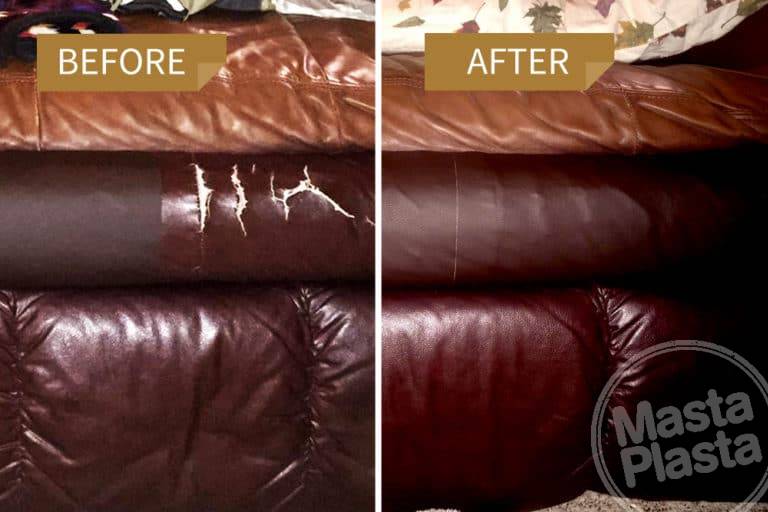 In conclusion, while faux leather may seem like an attractive and affordable choice for your sofa, its tendency to crack over time can cause major headaches and expenses. By following proper care and maintenance, you can prolong the life of your faux leather sofa. However, for a more durable and long-lasting option,
consider investing in a genuine leather sofa
that will not only be a beautiful addition to your home but also a wise investment in the long run.
In conclusion, while faux leather may seem like an attractive and affordable choice for your sofa, its tendency to crack over time can cause major headaches and expenses. By following proper care and maintenance, you can prolong the life of your faux leather sofa. However, for a more durable and long-lasting option,
consider investing in a genuine leather sofa
that will not only be a beautiful addition to your home but also a wise investment in the long run.




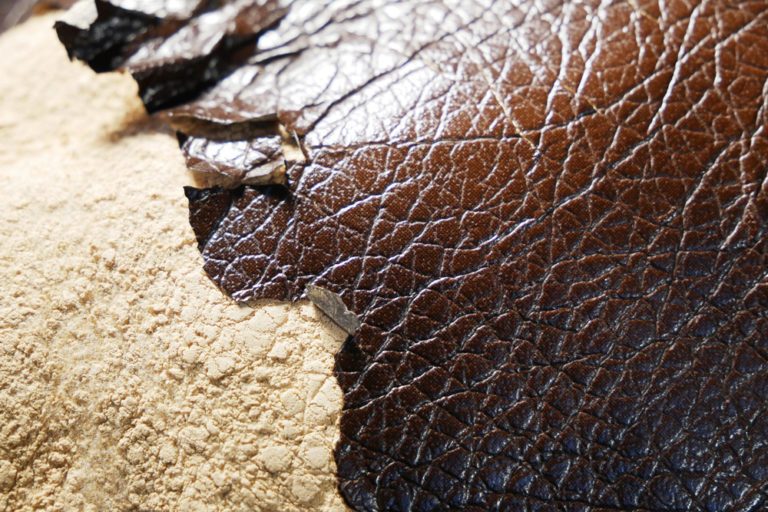

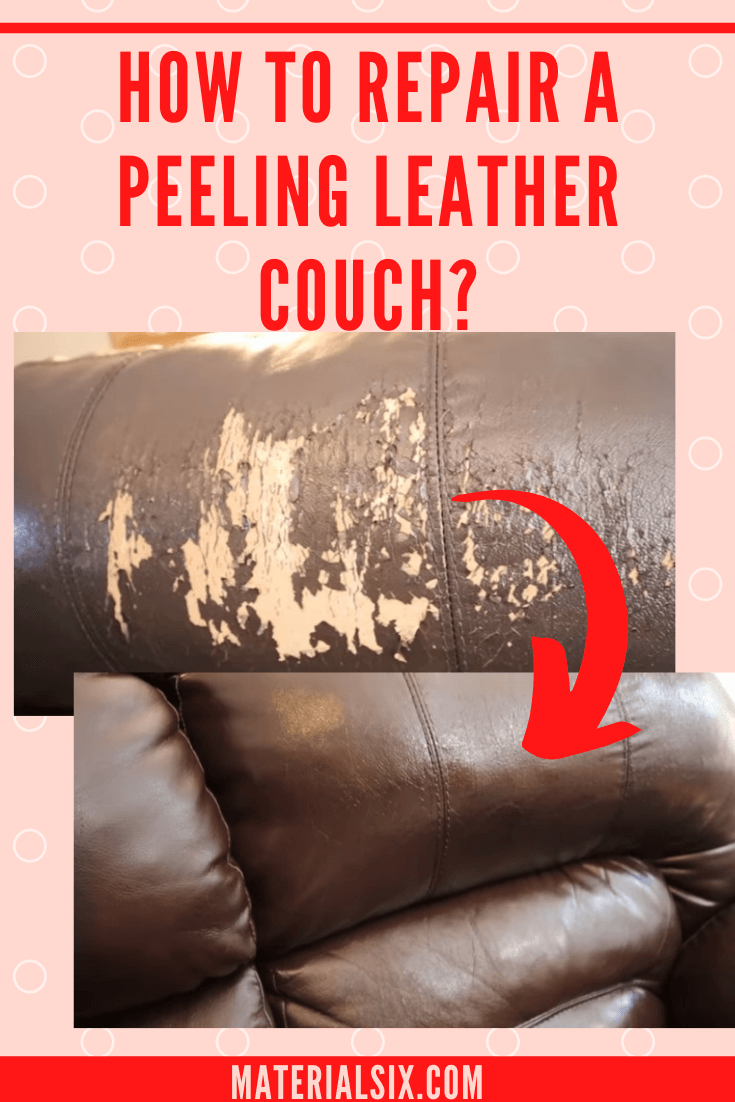


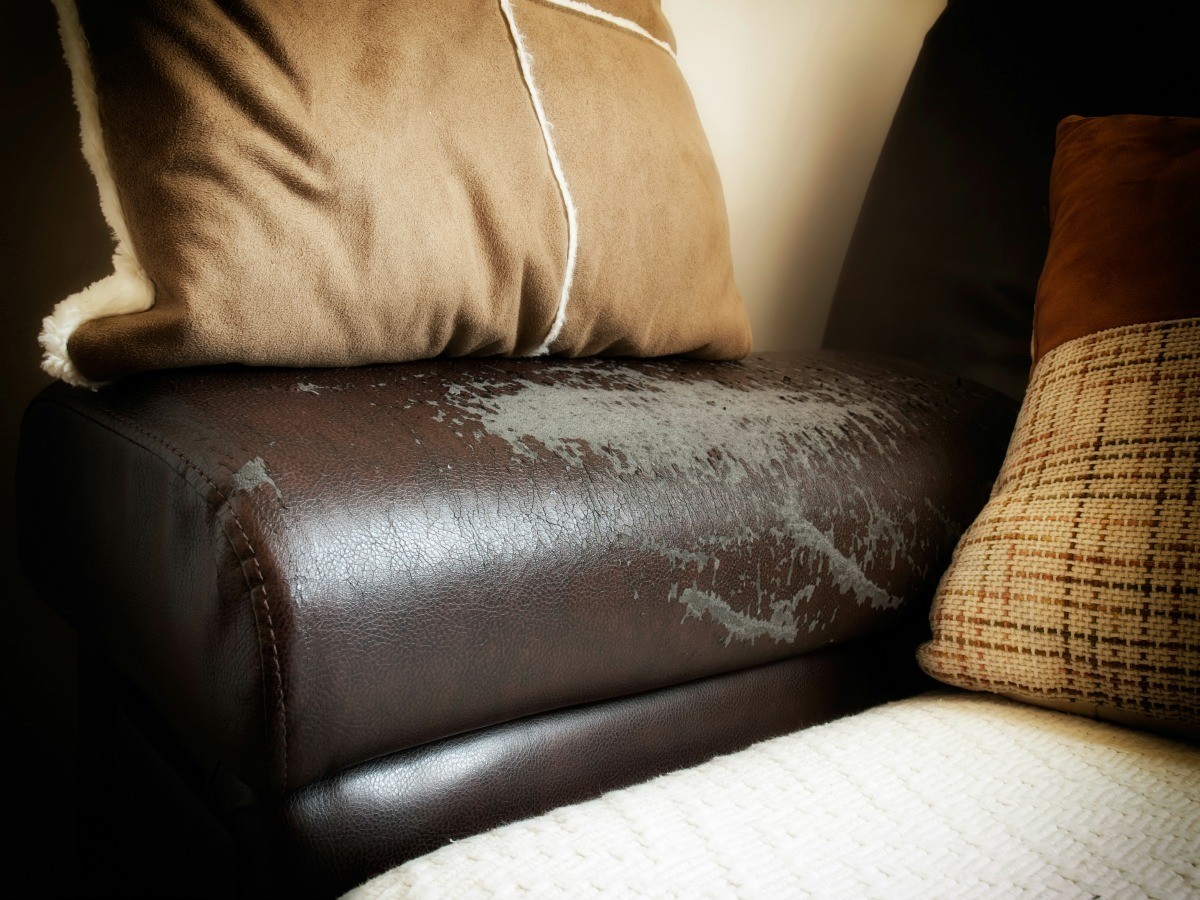
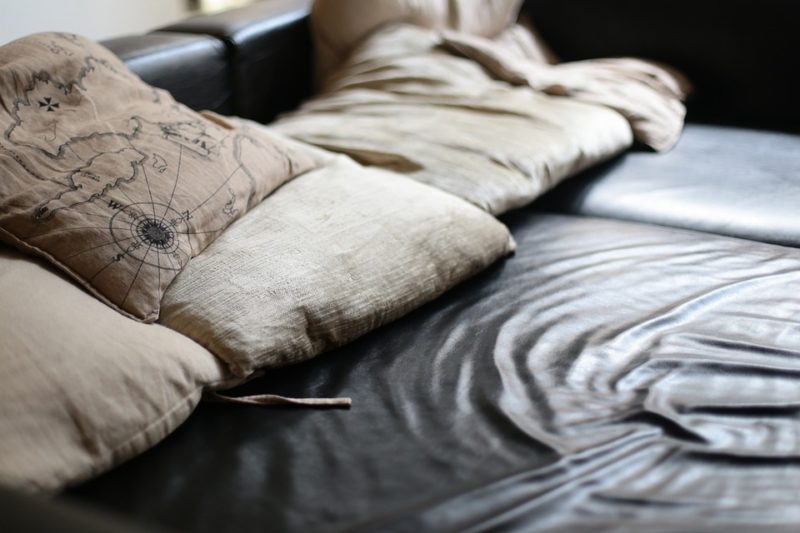







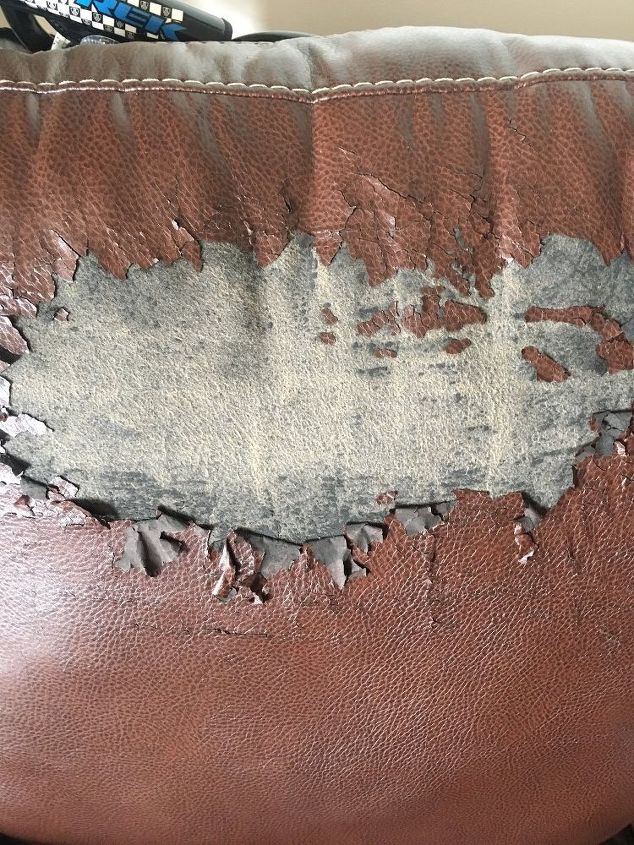
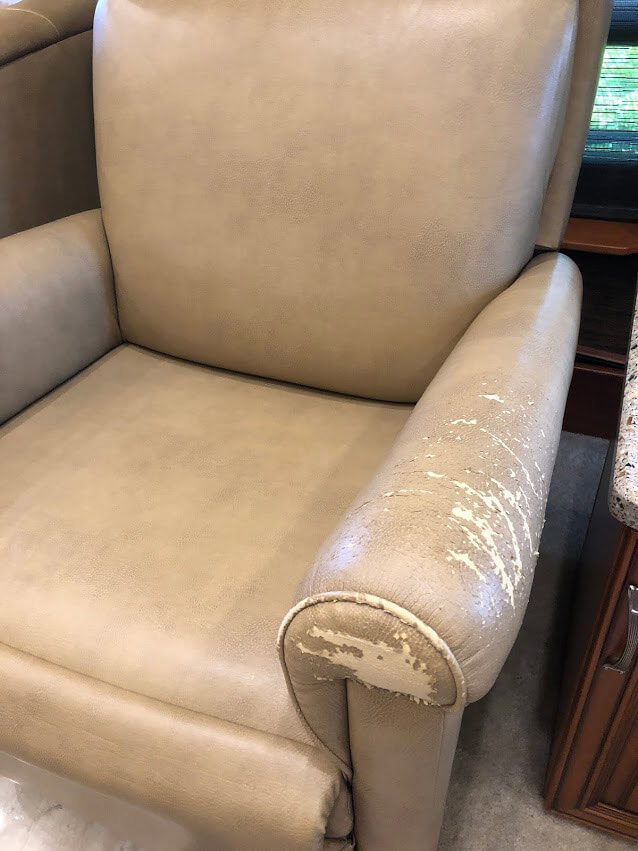

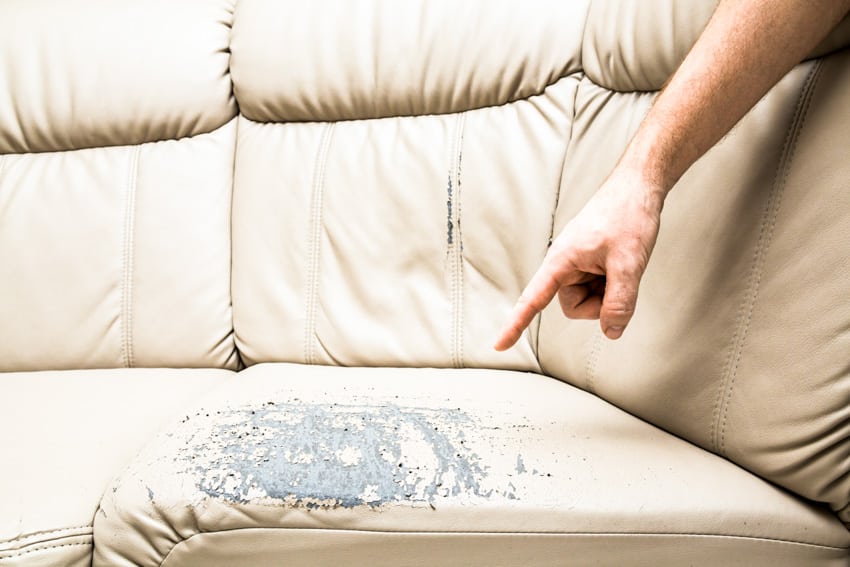
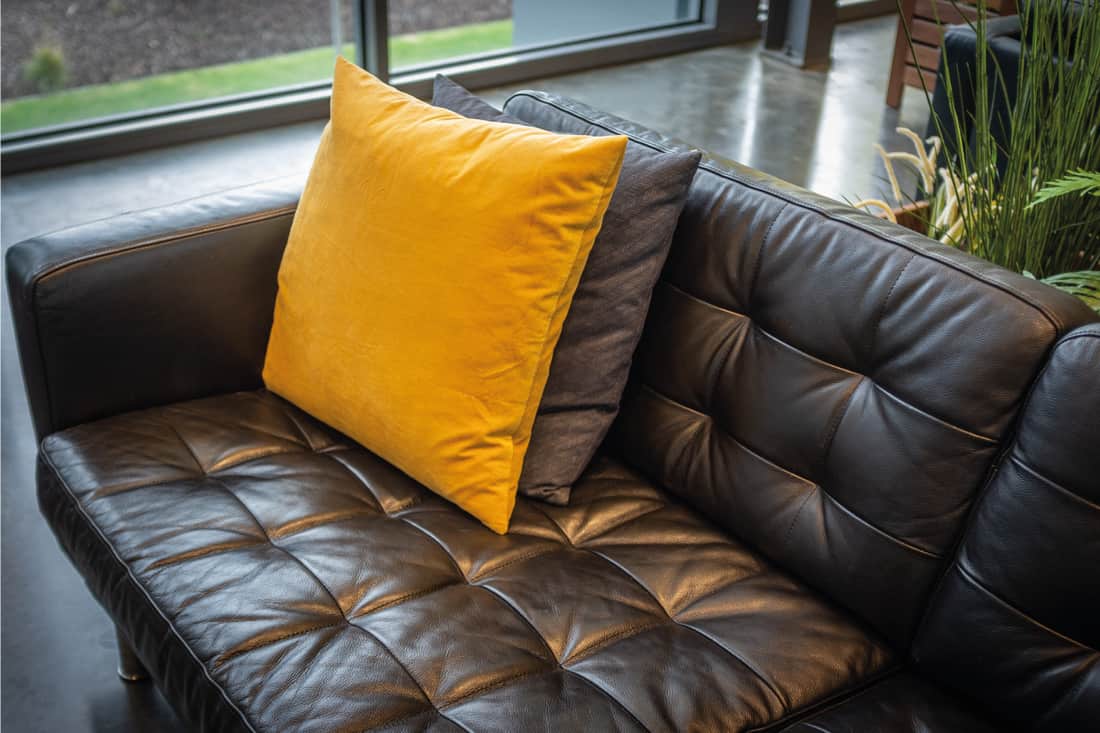

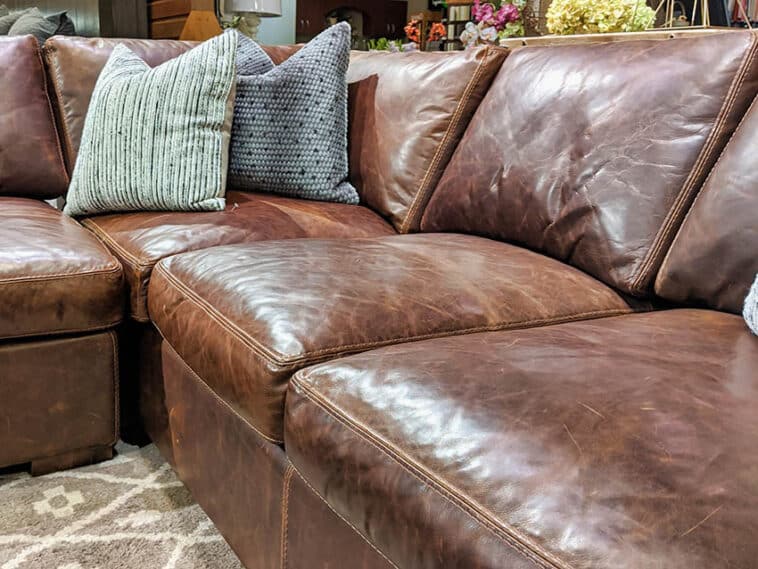

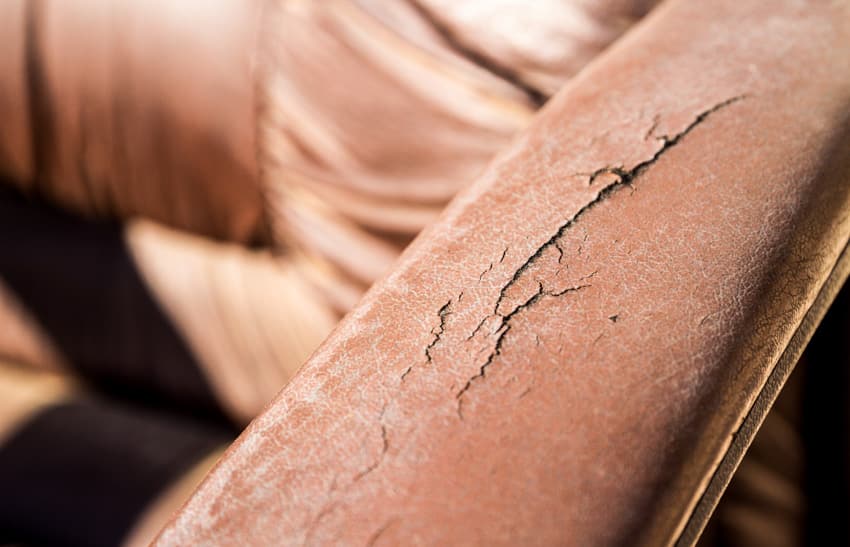
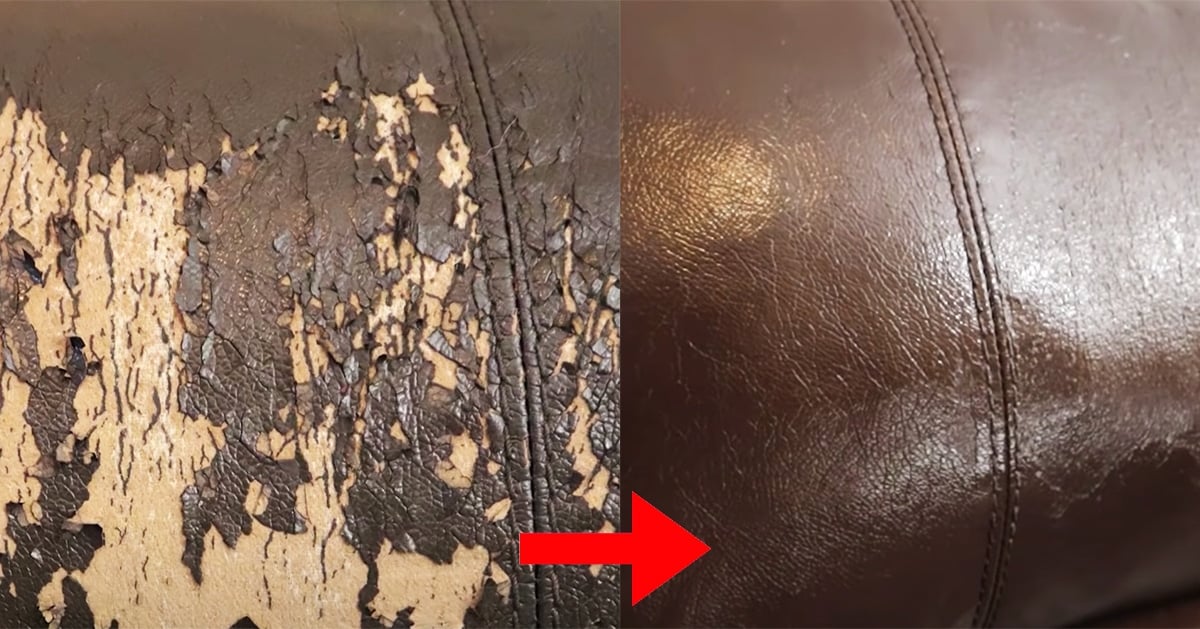





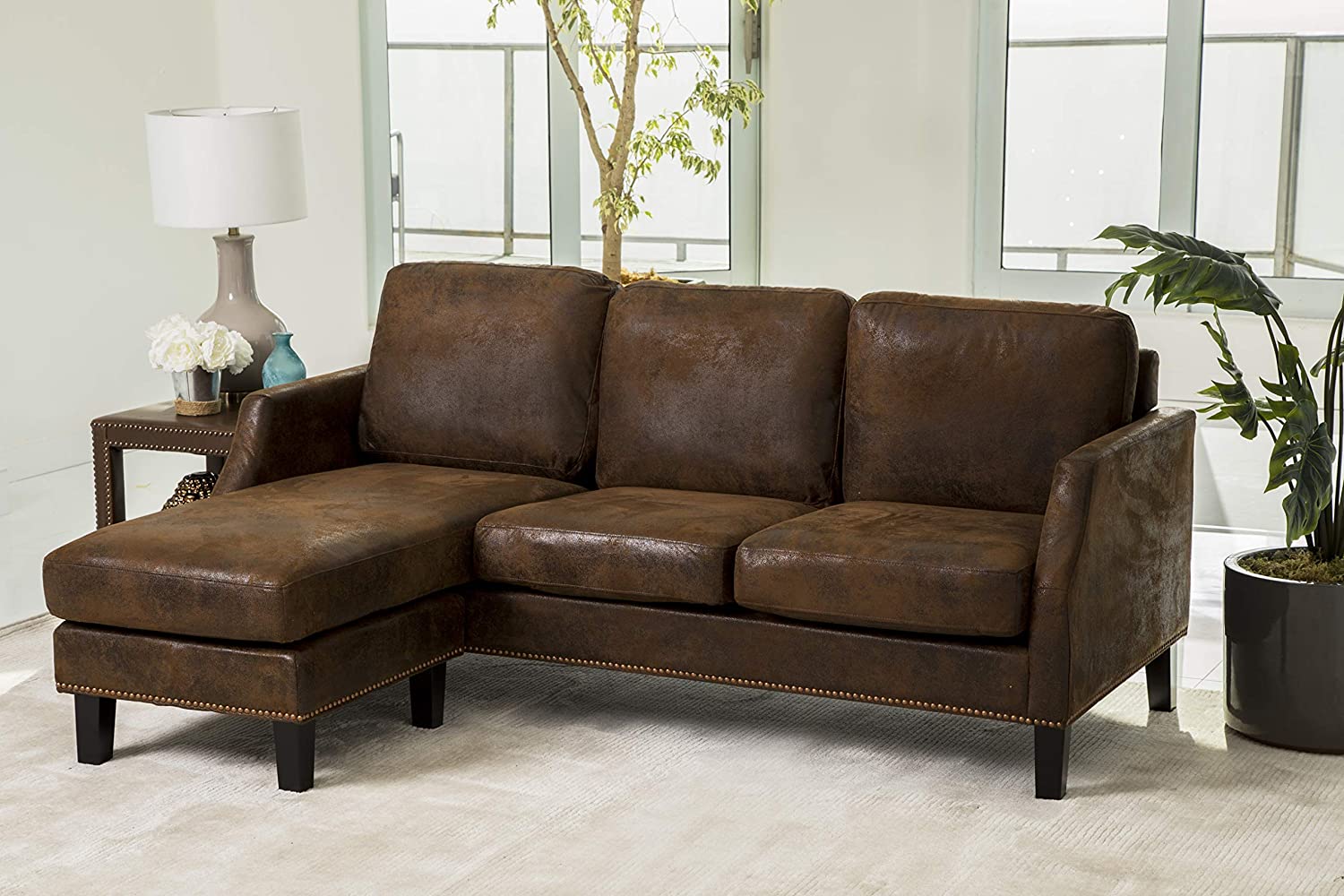






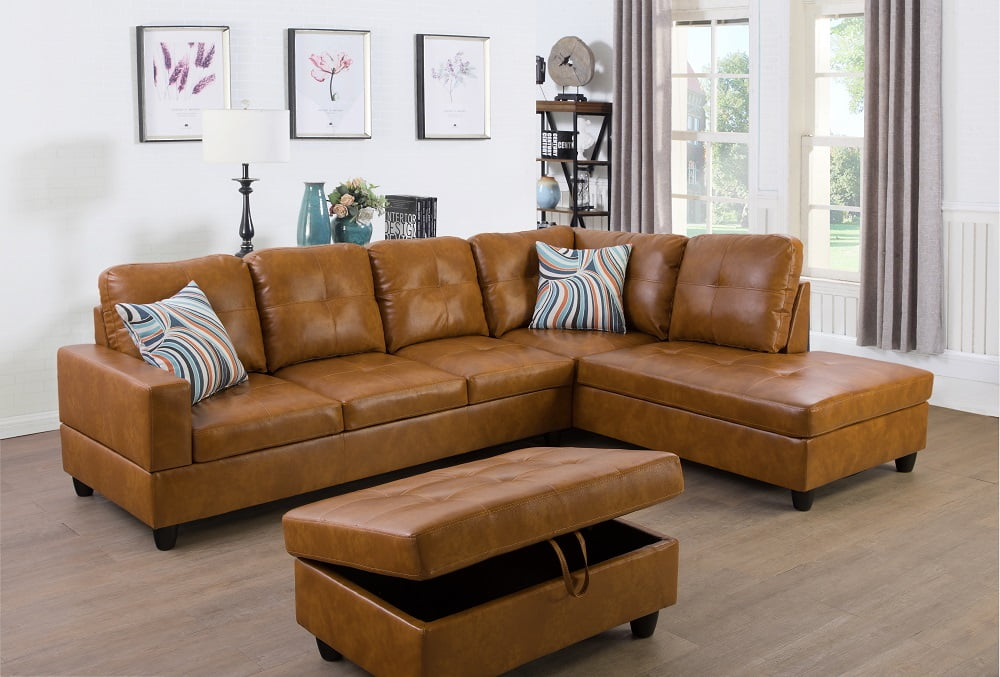

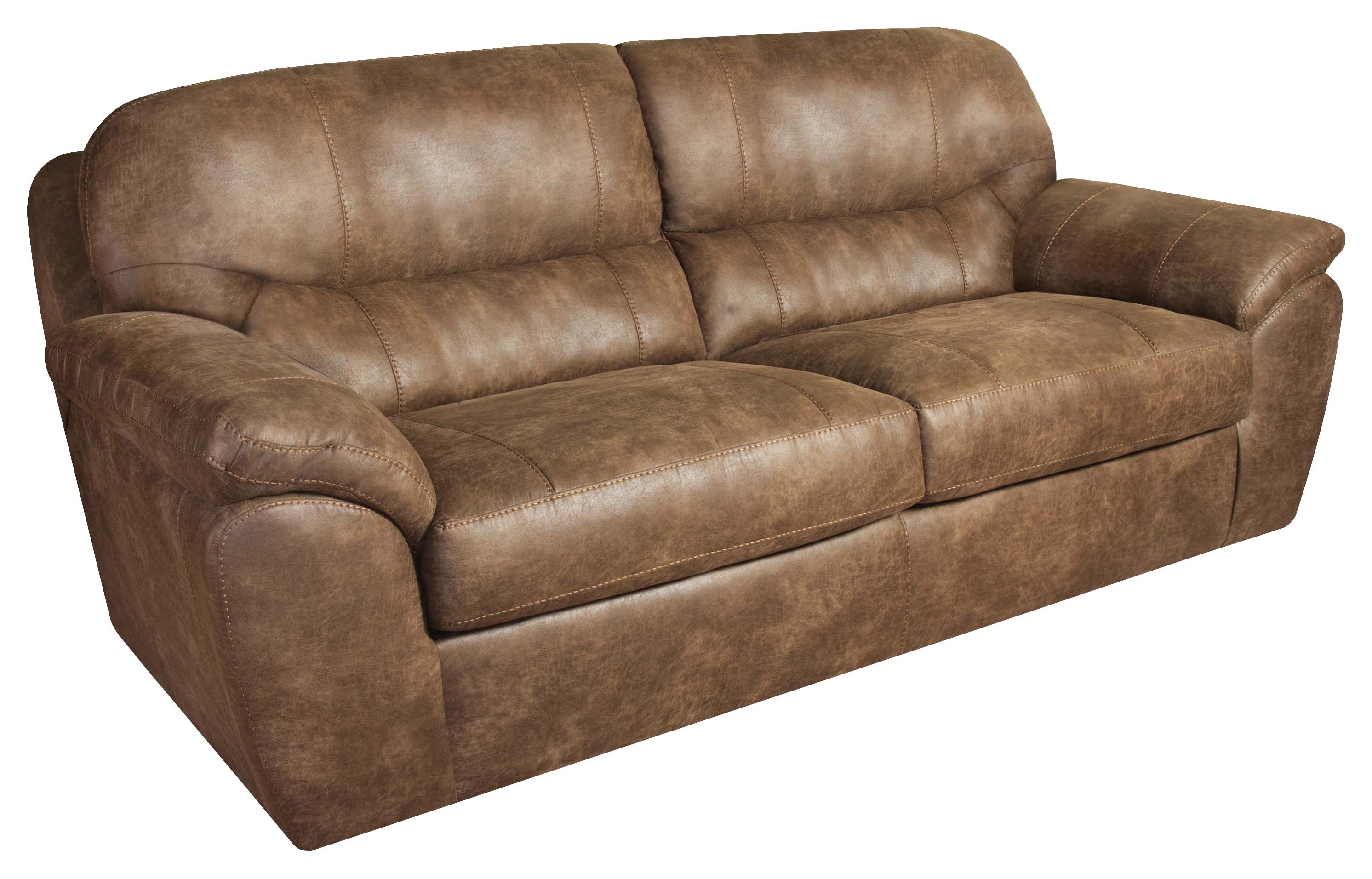

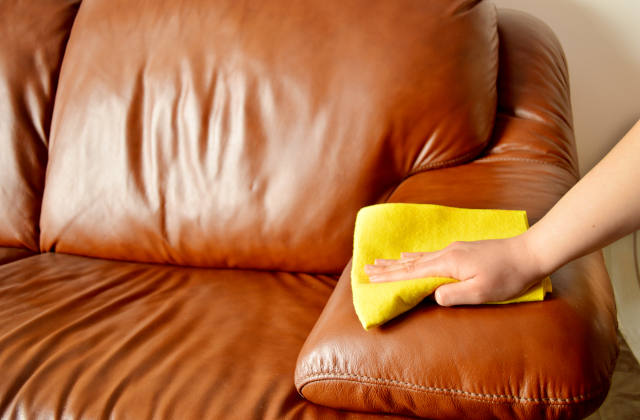

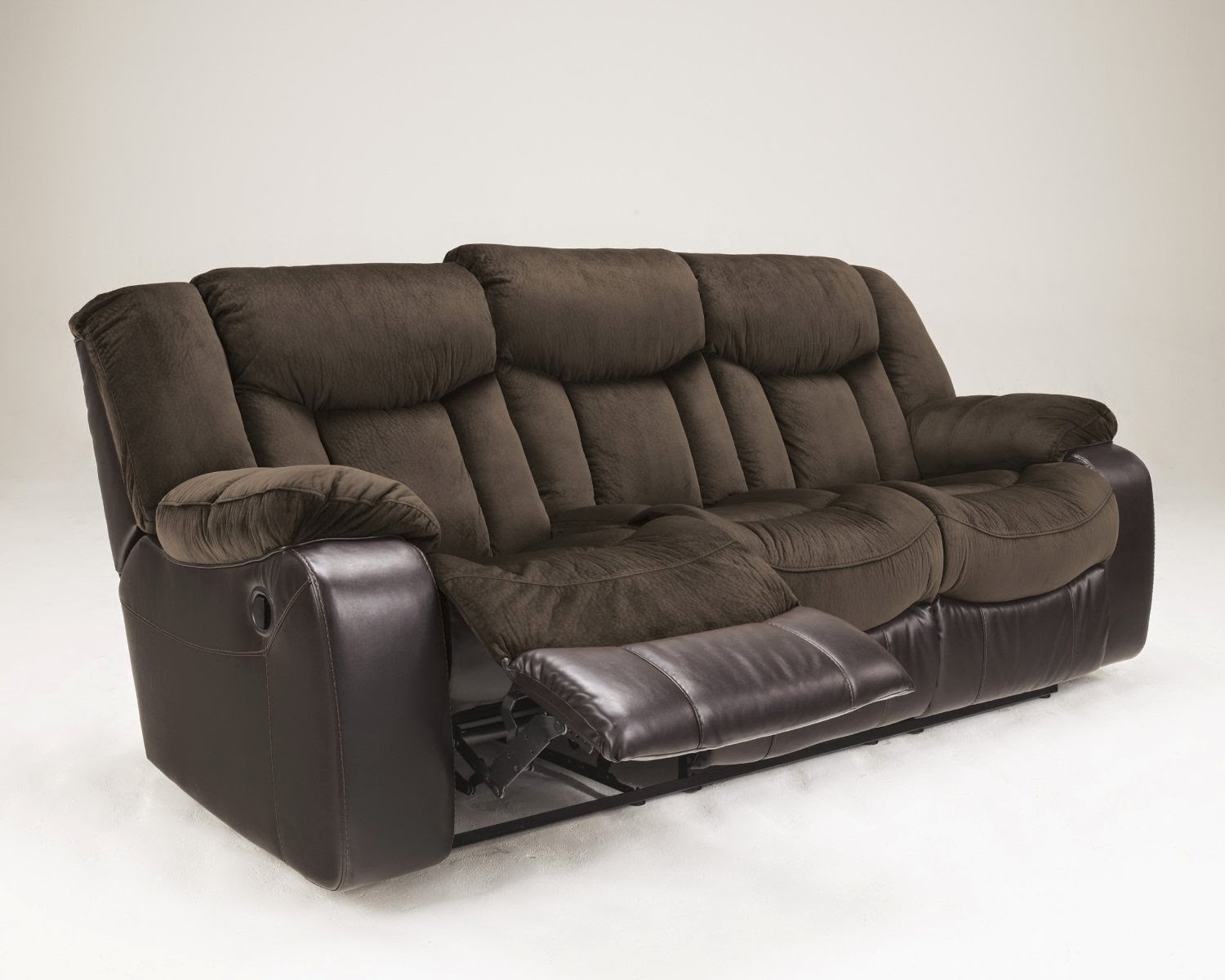



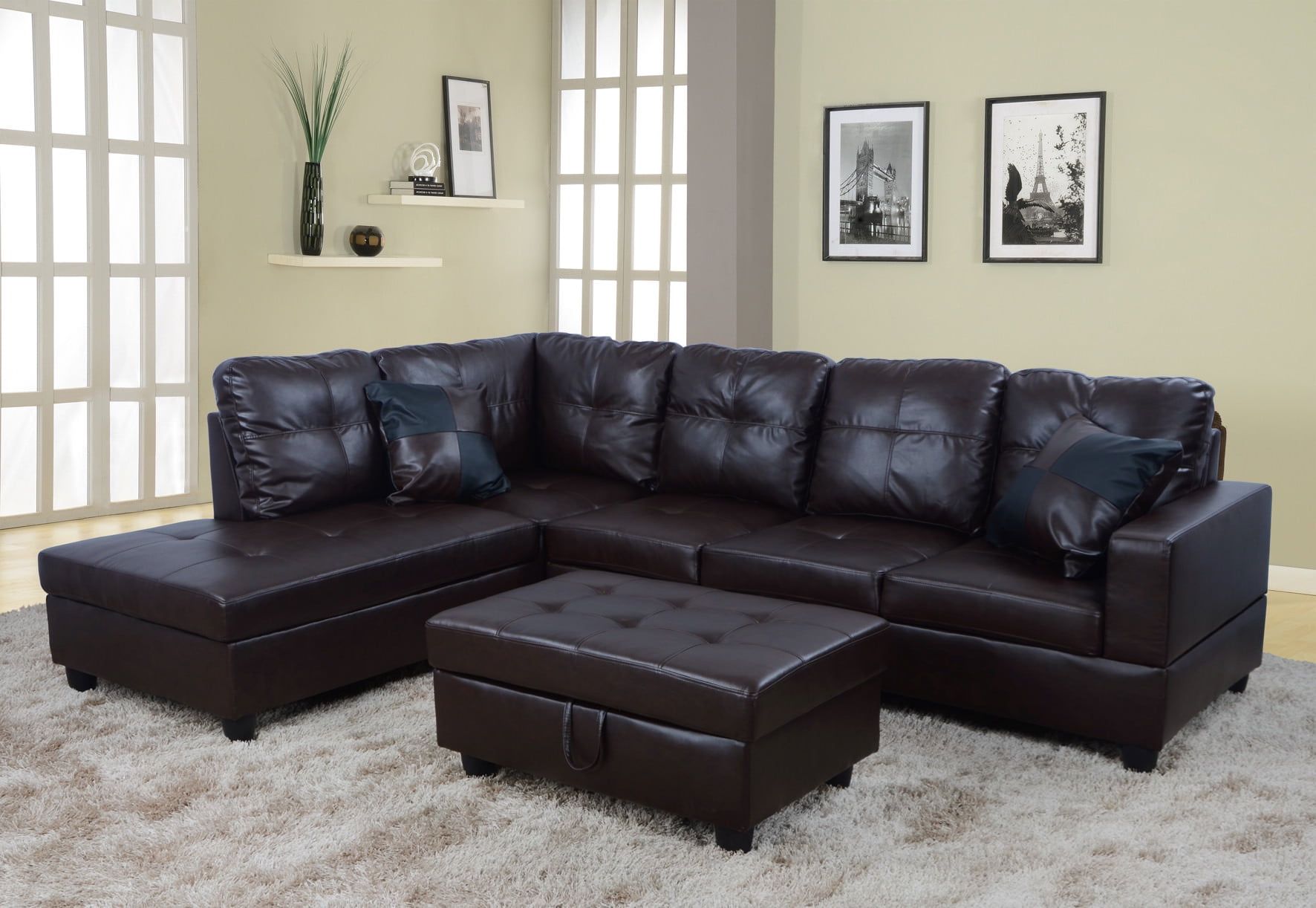
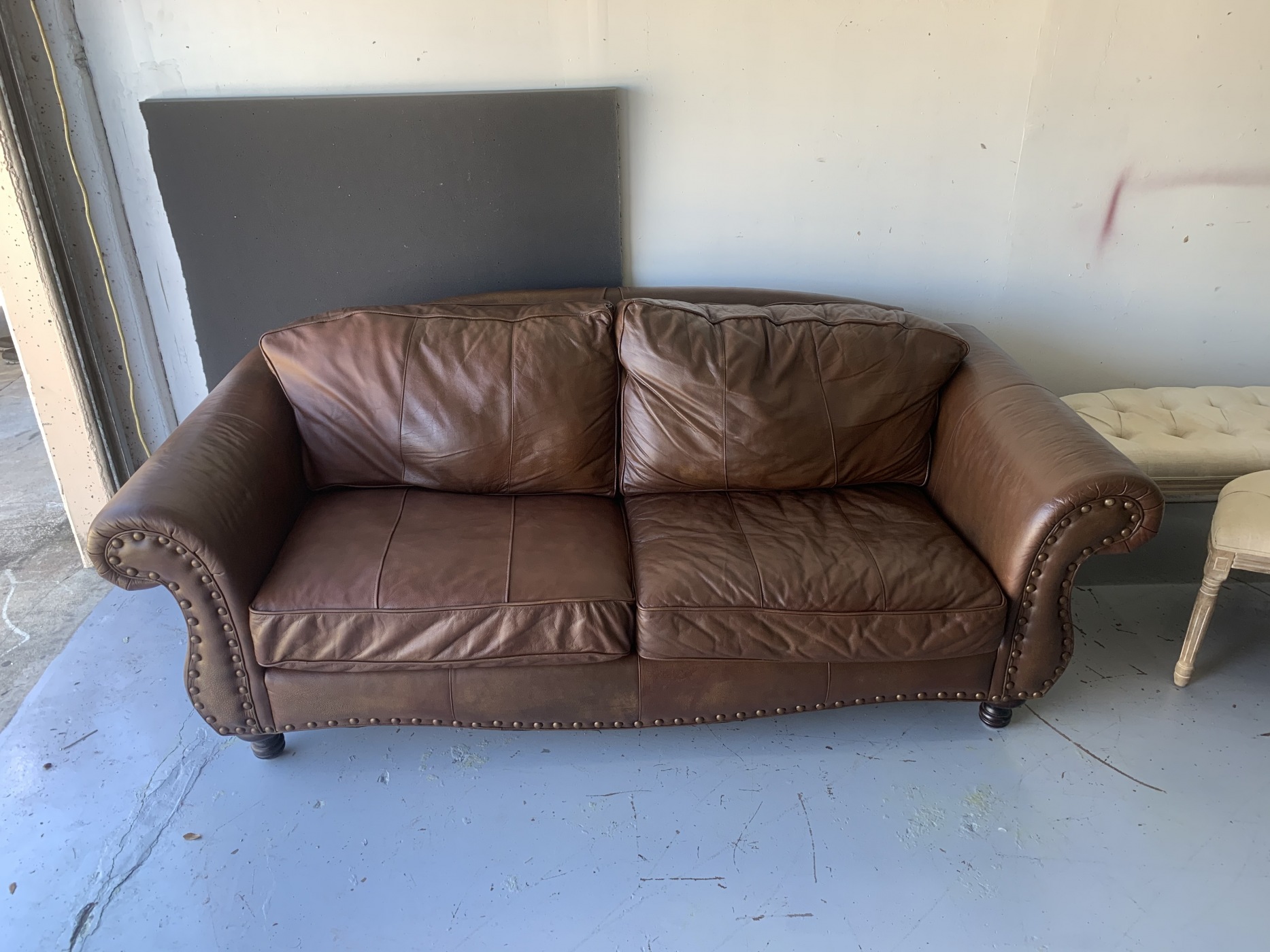
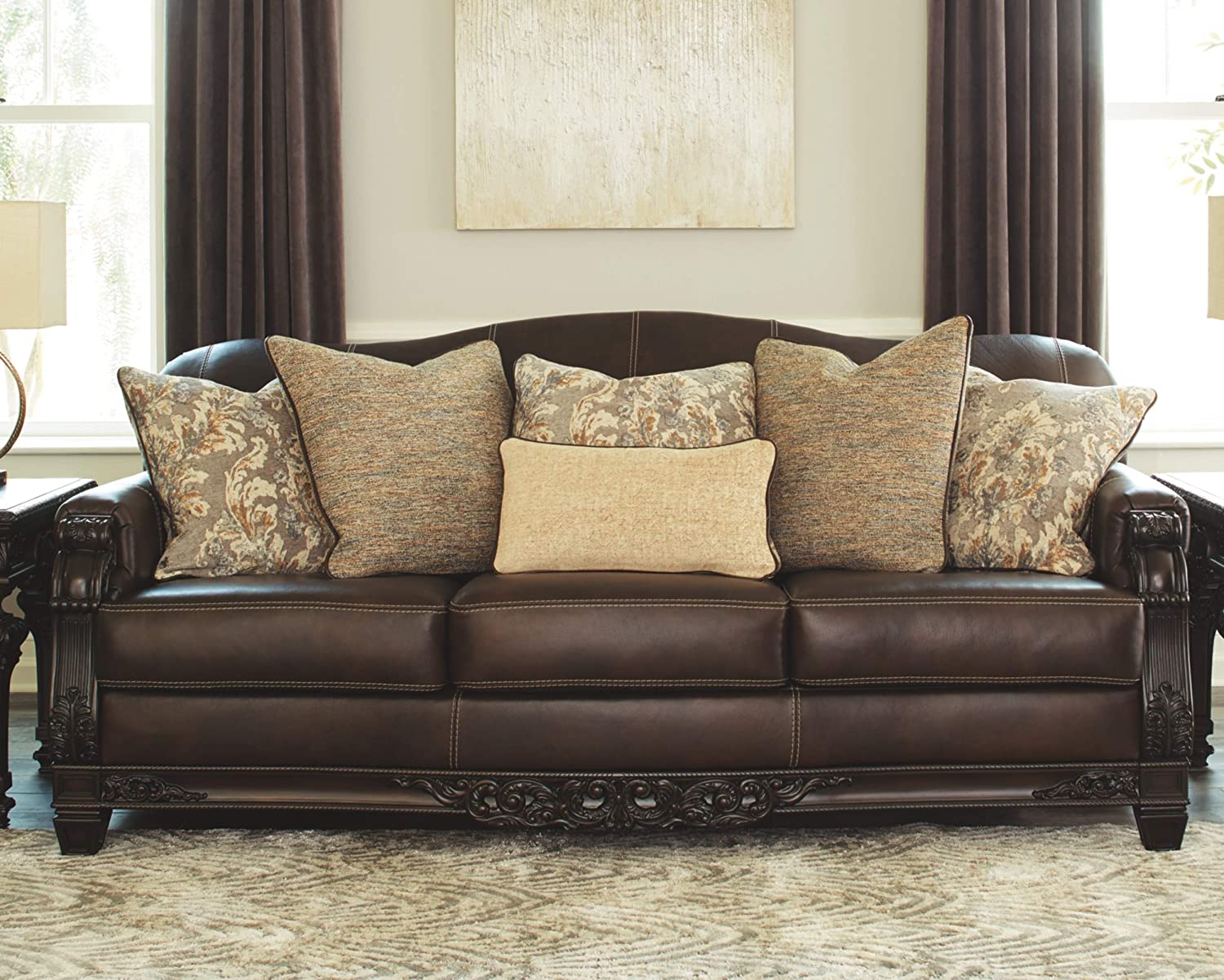


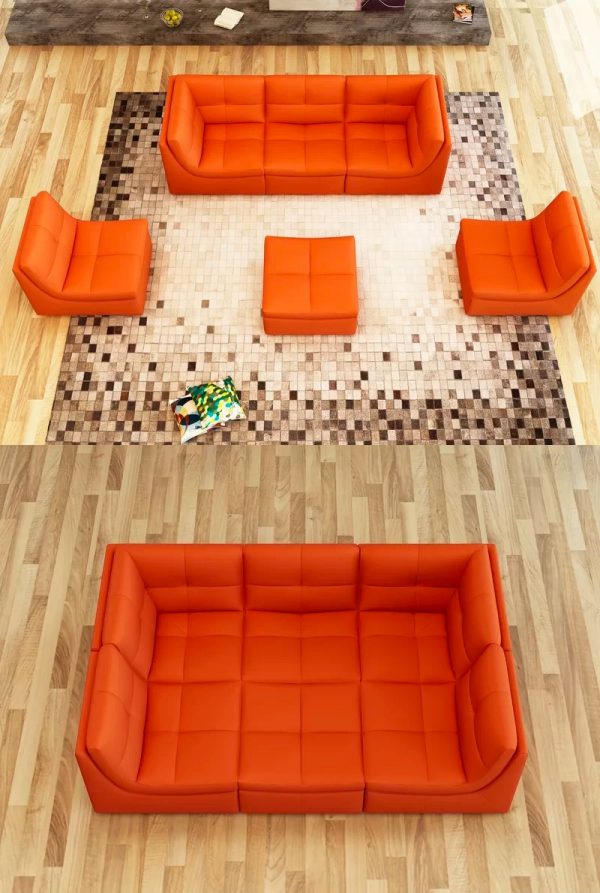

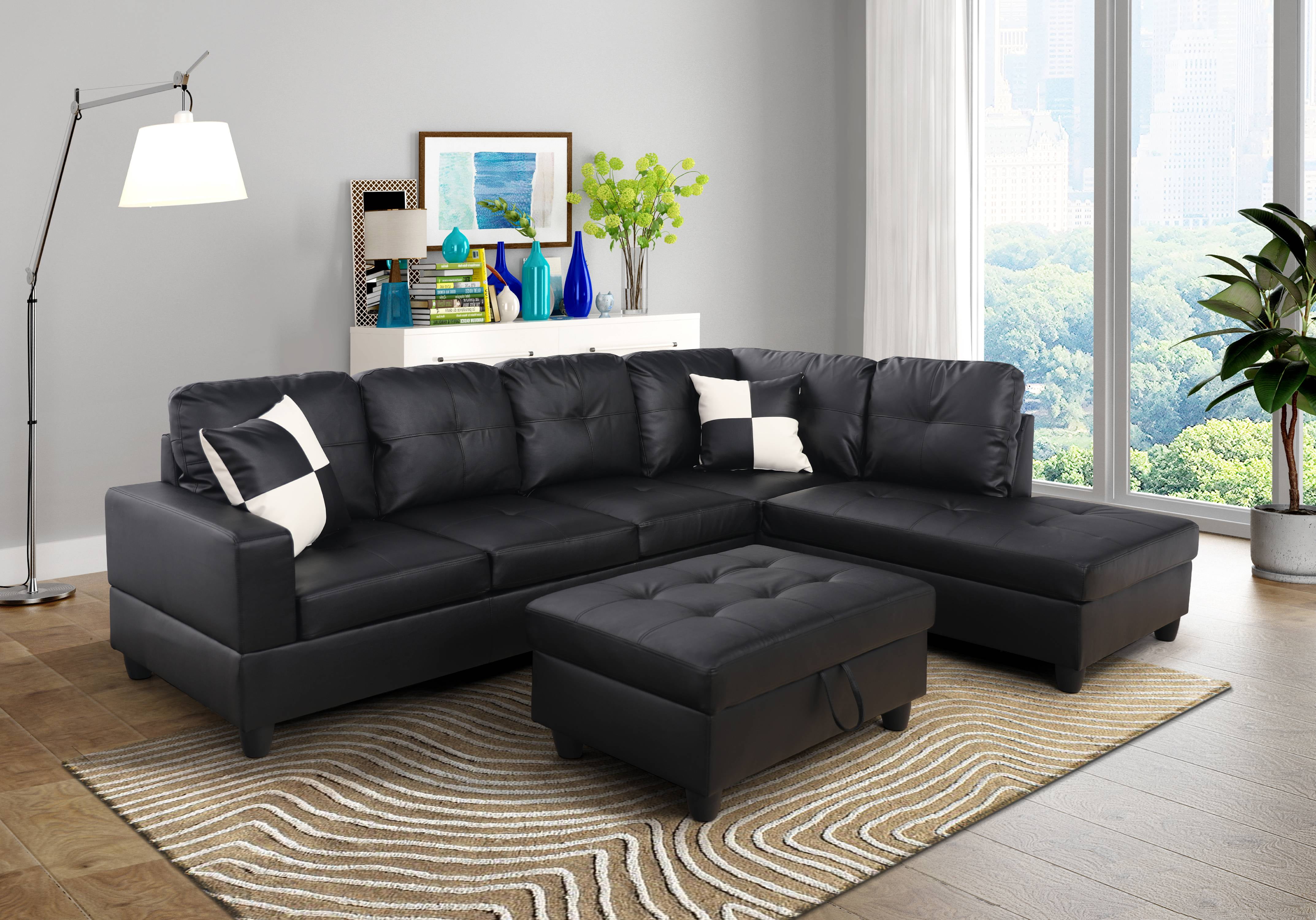
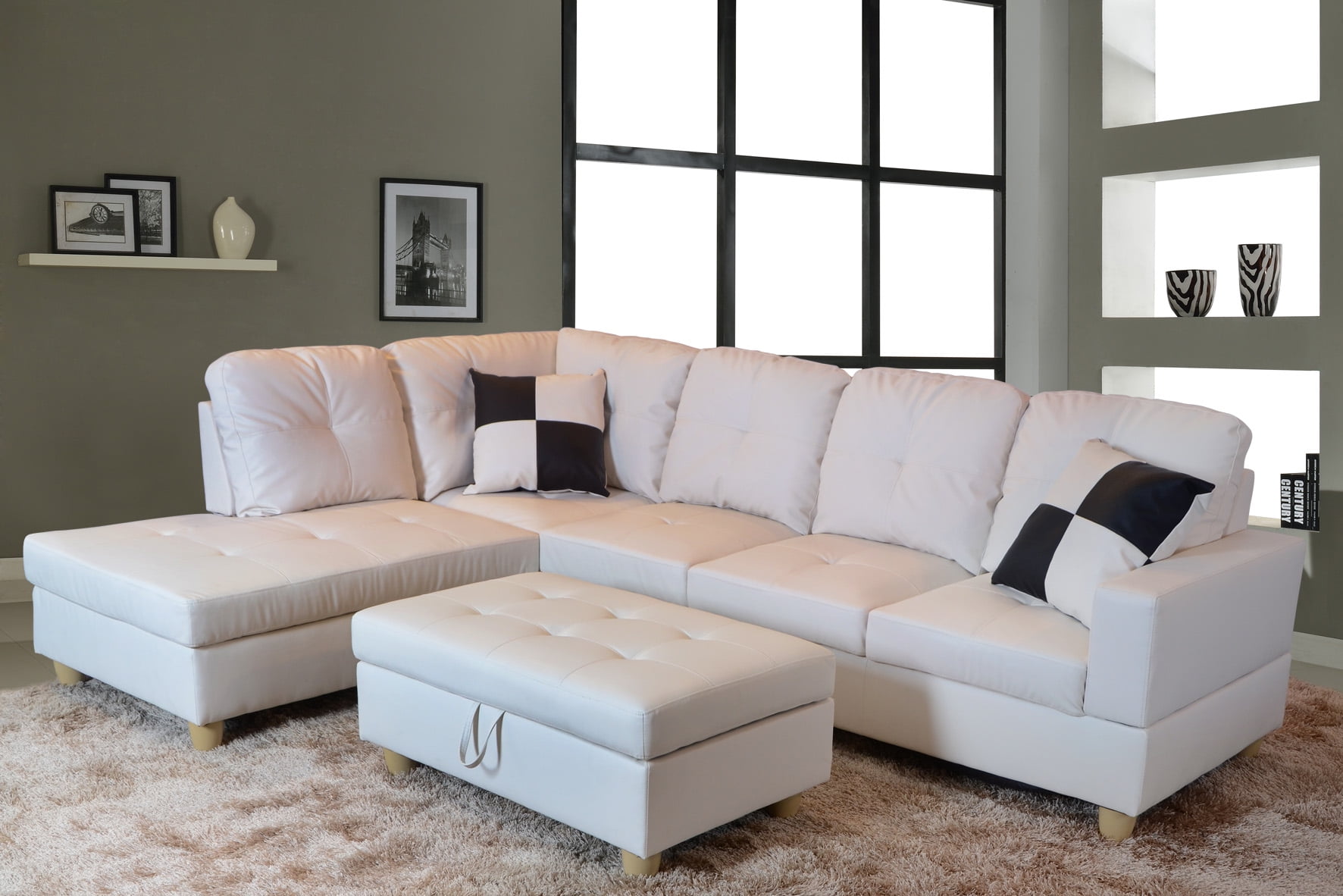




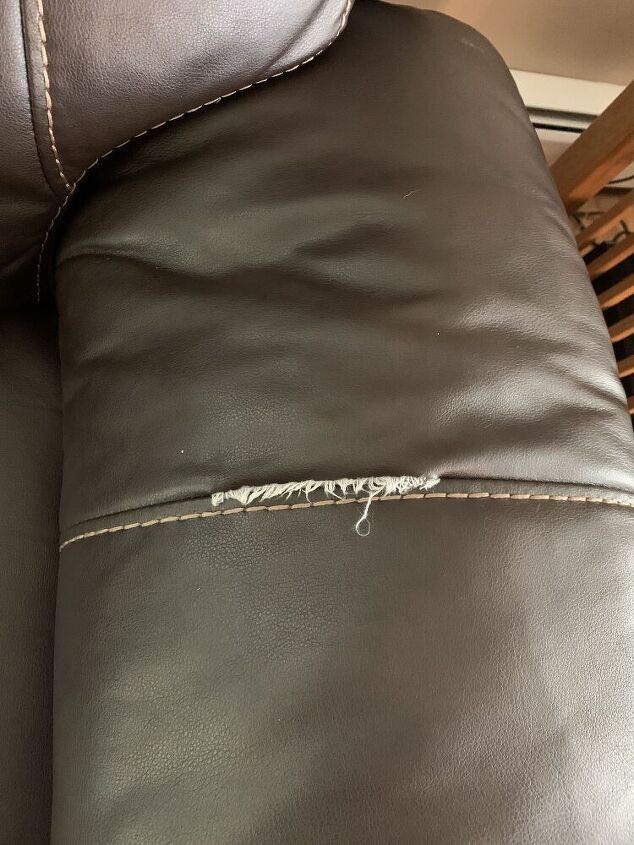


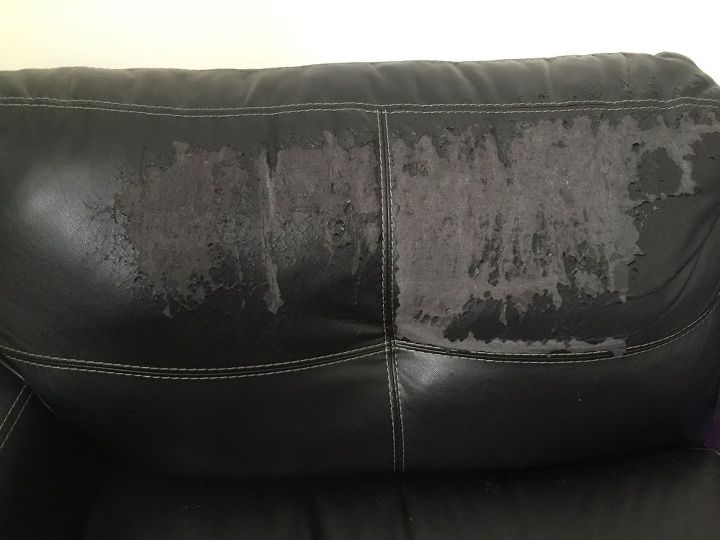
.jpeg?w=1700&h=2550)
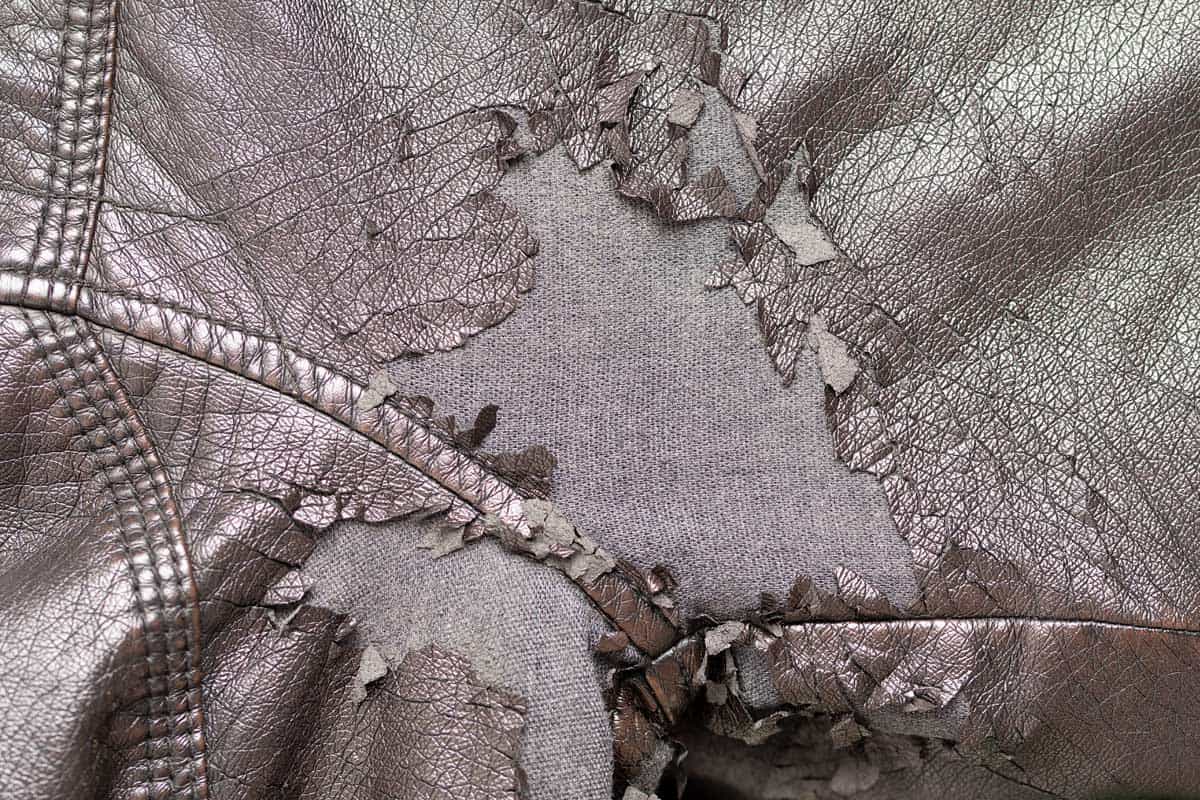

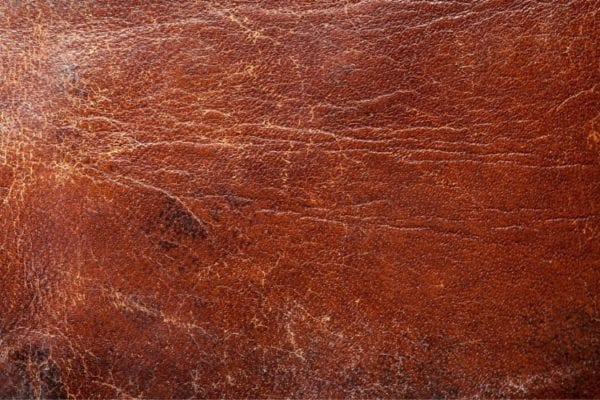

:max_bytes(150000):strip_icc()/blacklaquerdesigns-dfb5832288e34b5c979e125df01bd0d3.jpeg)

